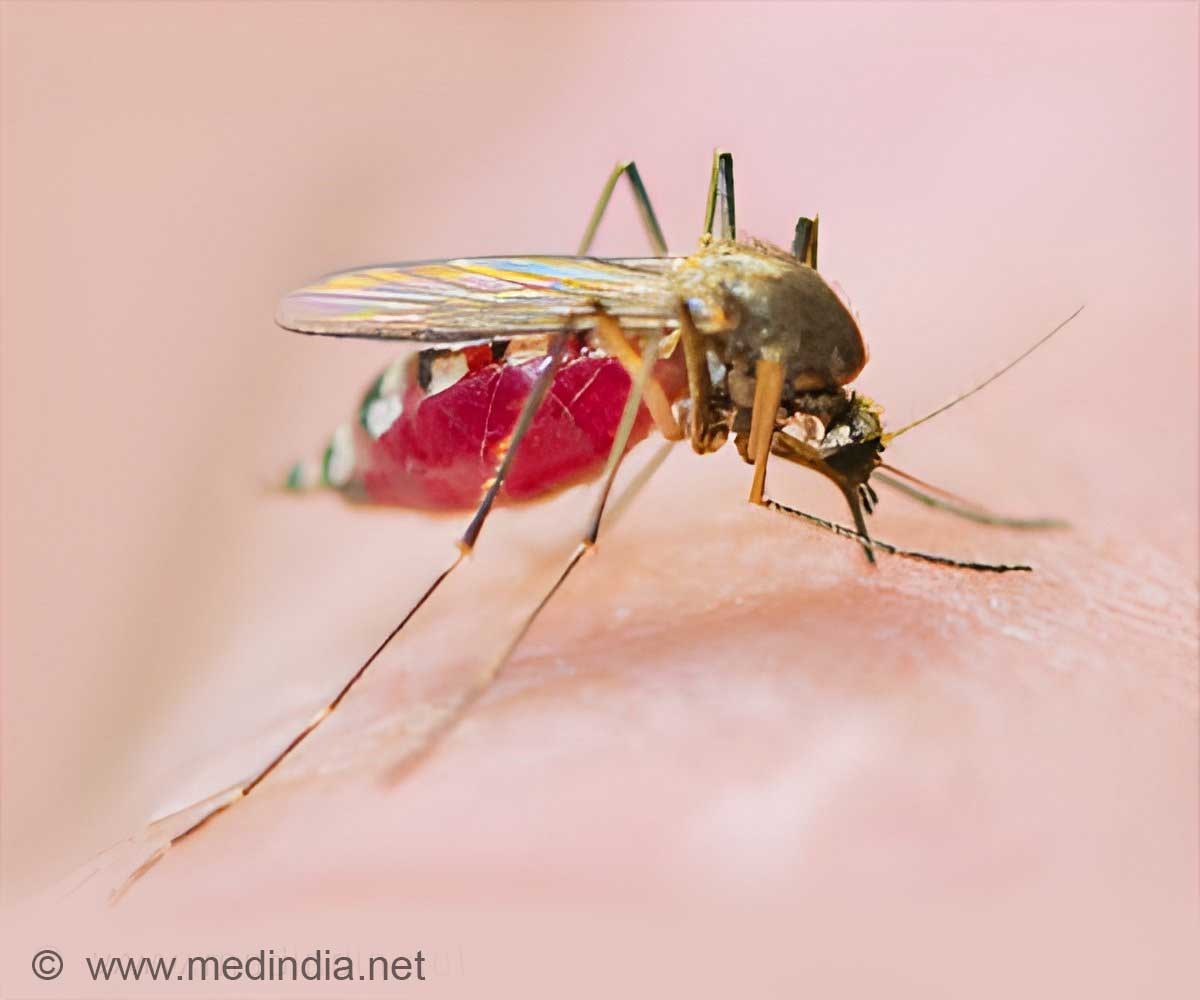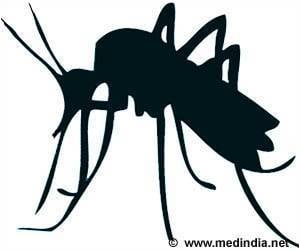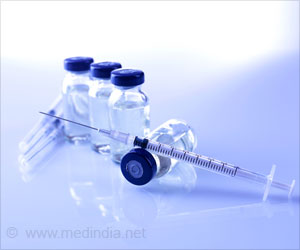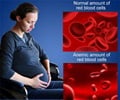
‘A girl who is anaemic when pregnant is more likely to have a low birth weight child with developmental delays and is at greater risk of dying too.’
Tweet it Now
The randomised study involved nearly 2,000 schoolchildren in Mali and was conducted by Save the Children in partnership with the London School of Hygiene & Tropical Medicine and the National Institute for Public Health Research in Mali. It found schoolchildren who received a malaria control package delivered by teachers were more than 95%¹ less likely to be infected with malaria parasites than a control group (25/897 intervention schools, 737/951 control schools), and 44%² less likely to be anaemic (321/931 intervention schools, 418/930 control schools), with the benefits lasting until the end of the school year. The schoolchildren's ability to pay attention for longer was also improved. There was no evidence of impact on other performance measures.
With governments increasingly recognising the importance of child health for educational achievement³, these findings support growing evidence that malaria control strategies in Africa should be formally introduced for schoolchildren, as well as the under five age group.
Malaria kills thousands of young children in Africa every year and there is growing evidence that the disease can also impair the development and educational performance of schoolchildren. Malaria infection is often more common in older children yet they are rarely targeted by malaria control methods. This is because by the time they start school they are likely to have acquired immunity through repeated infection with the malaria parasite, making them less likely to die.
However, many schoolchildren continue to harbour malaria parasites without displaying any symptoms of the disease. These asymptomatic infections frequently go unrecognised and untreated leading to anaemia, which may cause tiredness and decreased attention in class, potentially affecting school performance.
Advertisement
Prior to the start of the malaria transmission season, half the schools provided long-lasting insecticidal nets (LLINs) and taught children how to use them effectively. At the end of the transmission season they were then given one round of the antimalarial drug combination artesunate and sulfadoxine-pyrimethamine. The control schools just received LLINs as part of Mali's national universal net distribution programme. Both groups were tested for Plasmodium malaria infection and anaemia, and a sample of older children aged 9-12 years undertook a series of cognitive tests.
Advertisement
"This low-cost three-pronged approach delivered through schools had significant health benefits and could potentially improve educational performance through boosting a child's ability to pay attention in class. Crucially, these benefits lasted until the beginning of the next transmission season, suggesting that a single annual dose of antimalarial drugs could help protect children in the sub-Sahel from anaemia throughout the entire school year. We also found schoolchildren who received education in malaria prevention used their nets more often and for longer. This will help protect them from acquiring new infections during the rainy season when schools are closed."
The approach may have an additional role in overall malaria control by cutting infections in schoolchildren, an age group that makes-up a sizeable proportion of the African population.
Dr Clarke said: "Reducing the number of malaria parasites in schoolchildren also decreases the risk of infection for other people who live in the same community. Malaria control strategies should be an integral component of education and school health plans in countries where malaria is endemic."
The study was conducted in primary schools in the Sikasso region, south-eastern Mali as part of Save the Children's school health and nutrition programme which aims to address key health problems that prevent children from participating and learning in school. Since the study was completed, Save the Children, in partnership with the National Malaria Control Programme in Mali, has expanded the programme to reach over 400 schools in Sikasso region.
Natalie Roschnik, Senior Nutrition Advisor at Save the Children and a co-author of the study, said: "Save the Children has been implementing a school health and nutrition programme in Sikasso, Mali for nearly 20 years. Malaria and anaemia have been ongoing problems that we were unable to address until this study was conducted. Children were regularly dying of malaria, and anaemia rates remained at 50%, even after children were given iron supplements. We didn't expect that just one malaria treatment a year, delivered by teachers with malaria prevention education, could have such a dramatic impact on children.
"The treatment therefore supports the goals of three sectors all at once; malaria, nutrition and education. Preventing anaemia in schoolgirls is particularly important in Mali because teenage marriage and pregnancy is so common. A girl who is anaemic when pregnant is more likely to have a low birth weight child with developmental delays and is at greater risk of dying too. This is a highly cost-effective intervention that we hope will be taken to scale by the government soon."
The authors acknowledge limitations of the study including that they could not separate the effects of each component of the intervention.
Source-Eurekalert














